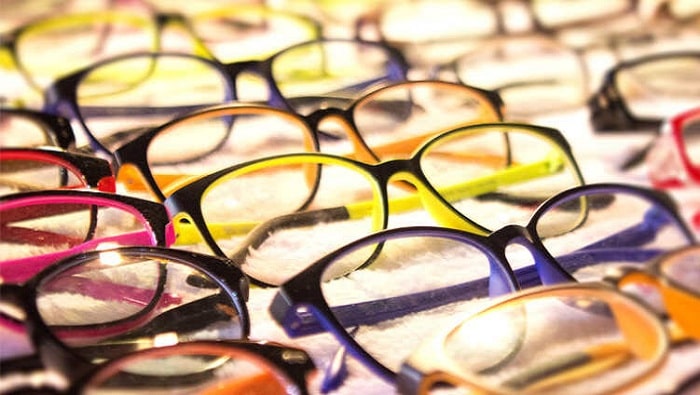Regular eye checks are essential to maintain the health of your eyes and the rest of your body, as the state of your eyes can give clues to the health of other parts of your body. Every two years (or more often if advised by your optometrist or ophthalmic practitioner), get your eyes tested. Various tests will be carried out, and you may be advised that you require glasses to help you see better, but how do you choose the right glasses for your requirements? Here are some tips to make your decision easier.
Single Vision Glasses
Single vision glasses are the most common type of eyeglasses. They are used to help people see things better, either close-up or from a distance. The entire surface of the lens, from edge to edge, is just one prescription and can only be used to help farsightedness or nearsightedness – not both at once. Astigmatism is a condition where the eye is abnormally shaped, and light bounces off it differently than it should. Astigmatism can also be helped with single vision glasses.
Progressive Glasses
Progressive glasses have lenses with two or three different prescriptions over the surface of the lens. This type of eyewear can be worn by people who require clear vision at all distances and don’t wish to swap between a few different pairs continually. So, when it comes to choosing between single vision vs progressive lenses, it would make sense to opt for the latter if you require more than one prescription. Progressive (sometimes known as varifocal) lenses have a gradual shift in the prescription from top to bottom, rather than being separated by a blunt line like in bifocal lenses. The top part of the glasses is usually used for looking ahead into the distance. The prescription gets stronger towards the bottom of the lens, which is the area used for reading.
Bifocal and Trifocal Glasses
Bifocals are lenses with two different prescriptions in one less, and trifocals have three. An area at the bottom of the glasses called the near segment corrects near vision, and the area above this in bifocal lenses is used for distance vision. Trifocal lenses have a strip between these two areas that is used to correct intermediate vision.
Specialist Glasses
If you spent a lot of time in front of a computer screen, you could purchase blue light glasses that will filter out blue light, which has a short wavelength and can penetrate the eye easily. It has been suggested that this light can damage light-sensitive cells in the retina.
Prescription glasses can also be purchased to be worn when partaking in sports and hobbies such as running, cycling, fishing, soccer, and tennis. Sports glasses can protect your eyes from debris when cycling or running. Most glasses made especially for cycling are coated with an anti-fog coating as well as one to stop water from beading on the surface of the lenses. If you are keen on fishing, opt for glasses with a high UV coating to protect your eyes from the glare of the sun and water.


















